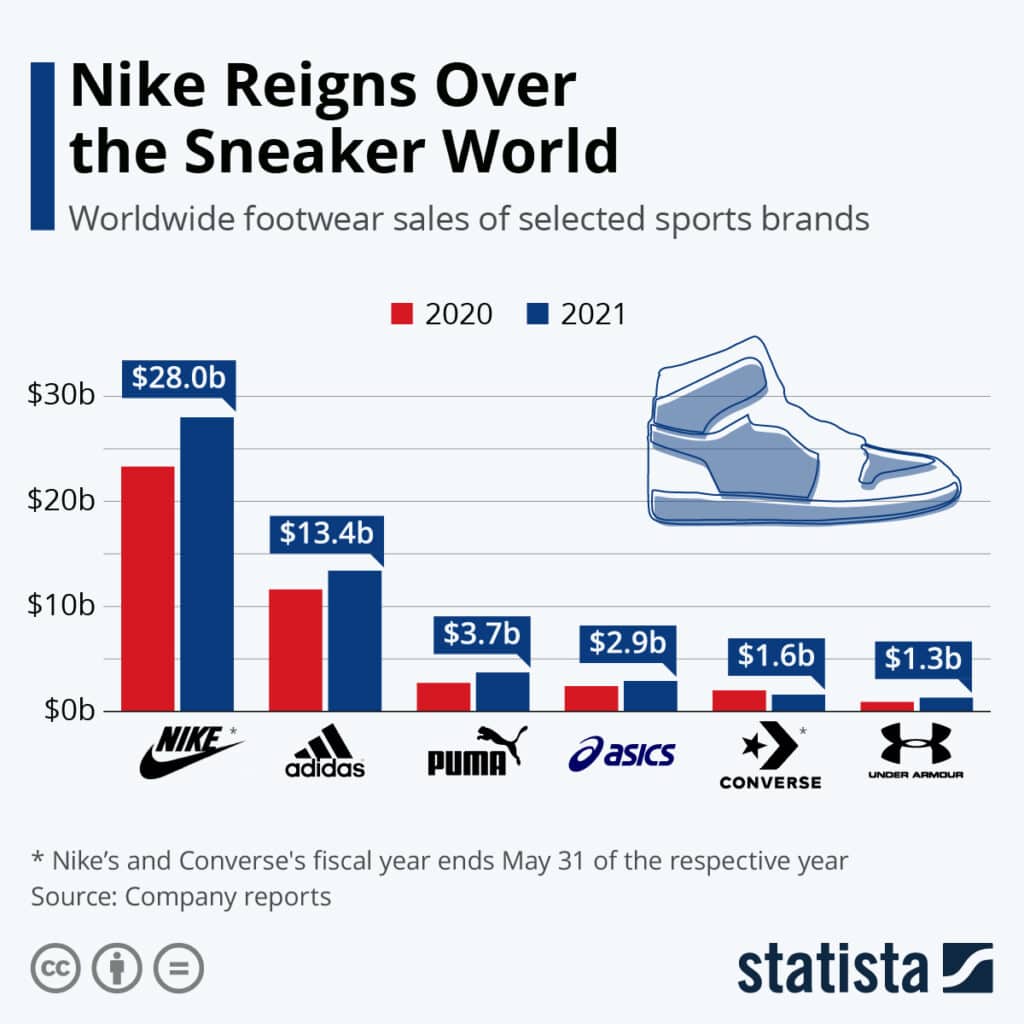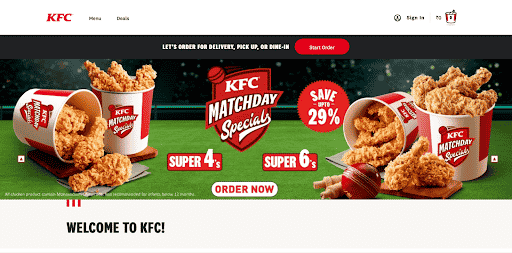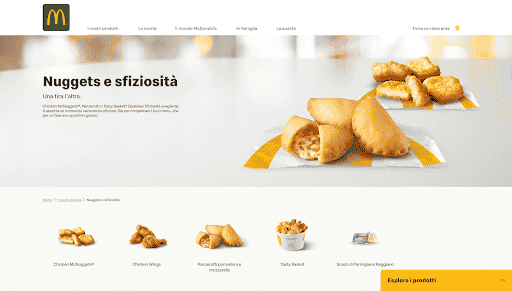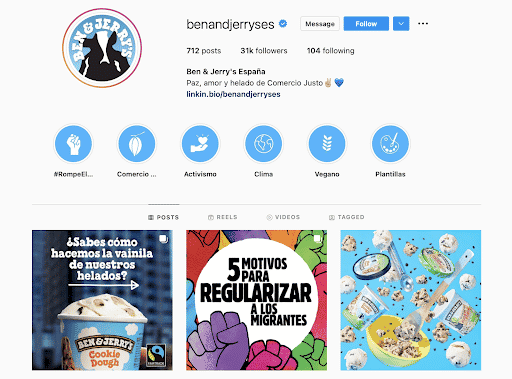If you’re aiming to market your brand in multiple countries, you’ll need to find the right international marketing strategies to engage audiences who not only speak different languages but also have different values, cultures and contexts.
That’s why marketing on a global scale is an entirely different ballgame compared to marketing in only one country—it requires tailoring your messaging, campaigns and even your products to each region you’re targeting.
Here are six effective international marketing strategies used by the pros to inspire you to successfully market your brand across borders, from working with local influencers to localizing your ad campaigns.
Watch our recap here:
The importance of international marketing strategies
Replicating your existing marketing strategies won’t cut it when branching into international markets. What attracts consumers in your home region isn’t guaranteed to work in another country.
Having an international marketing strategy is key when it comes to connecting with global audiences in a meaningful, effective way.
Don’t underestimate the importance of global marketing tactics. Failing to take the right approach for your brand results in wasted time and resources that could have been used to grow your customer base abroad.
See also: 6 global marketing strategies to inspire you
What makes global marketing successful?
There are many elements that go into making a strategic global marketing campaign successful, but it generally comes down to one thing: understanding the audience.
Your global content strategy needs to address the specific needs and wants of each new market. And adapt every message, graphic and campaign to speak directly to them—in way that they can understand and relate to.
To achieve this, you need to do extensive international audience research to understand the different cultures and markets that you’re working with. Cultural understanding is especially crucial, as it’ll help you adapt your messaging, branding and products to resonate with local consumers.
Successful global multilingual marketing also involves adapting products, services, and marketing campaigns to suit the preferences, needs, and languages of each market. This can include modifying product features, packaging, pricing and promotional strategies. While adaptation is important, maintaining a consistent brand identity across different markets is still essential as it helps create a sense of familiarity and trust.
See also: Cultural marketing: Going beyond simple translations
6 international marketing strategy case studies from brands with global success
It’s time to learn from the best: We’ve rounded up six effective international marketing strategies used by successful global brands.
While they may be much bigger brands—with larger budgets—than yours, you can still incorporate elements of their global marketing approaches into your own international marketing plan. After all, marketing global brands, no matter the size, should always follow the same principles.
See also: The importance of quality content
1. Nike international marketing strategy
It’s no secret that Nike is a global marketing powerhouse. When comparing its international revenue from 2021, the brand earned more than double its closest competitor, Adidas. But what does Nike do to outrun the rest of the pack?

One of Nike’s strategies for international marketing is to partner with athletes and sports teams worldwide.
That way, the faces of their brand are recognizable in every country they sell in: Tiger Woods in the US, Christiano Ronaldo in Portugal and the Liverpool football team in the UK.
You can mirror Nike’s strategy by working with relevant local influencers in your target markets so your audience can match a familiar face to your brand’s name.
See below an example of one of Nike’s UK adverts with the Liverpool football team:
2. KFC international marketing strategy
KFC was the first American fast-food franchise to enter the Chinese market in 1987. How did they do it? Localization.
By adapting its marketing strategy and product offering to local markets, KFC has since successfully opened restaurants in 145 countries. While they localize their menu in each country to cater to local tastes, a large part of their international marketing objectives is localized marketing—from their radio and TV commercials to their social media and digital marketing.
To mirror KFC’s strategy, don’t be afraid to modify your product and marketing messages to fit the needs and desires of each foreign market. You can see a perfect example of this in the image below, where the KFC India homepage takes a highly localized approach to connecting with its audience.
See also: Localization strategy: Your guide to engaging a global audience

3. McDonald’s international marketing strategy
There’s a reason you can find the instantly recognizable Golden Arches in over half the world’s countries—and it isn’t because of their fries. McDonald’s international marketing strategy combines a localization and global standardization strategy to give consumers what they want while maintaining the brand’s recognizable image.
See also: Global marketing standardization vs. localization: A helpful guide
You’ll find staples like the McFlurry and Happy Meal worldwide, which helps McDonald’s preserve its unique brand. But each country’s franchises serve food that its target audience is more familiar with. That means tomato and mozzarella turnovers in Italy, poutine in Canada and a side of sweet corn in Japan.
This approach is called glocalization, and it’s when global products or services are adapted to fit the customs, laws or preferences of a local market.
To use this type of strategy in your international marketing approach, create a uniform brand in every country you operate in, while also adapting your products to the desires of local consumers.
See also: Building a profitable glocalization strategy for your brand

4. Apple international marketing strategy
In contrast to KFC and McDonald’s, it may seem like Apple has taken an entirely different approach, as their products are completely the same in every country they sell in. You can purchase Macbook Pros, iPhones, and iPads in 25 countries, and users can enjoy Apple services like the App Store, iCloud, and Apple Music in over 160 countries.
However, Apple always designs their stores with local tastes in mind. They also customize their content, like applications and advertisements, to their target markets. A big part of this is localizing their marketing, as they did with their popular “Get a Mac” campaign back in 2006-2009, which ran in the US, Canada, Australia, New Zealand, the UK, Japan and Germany with slight adaptations in each region.
See an example below of Apple’s “iLife” ad which was part of their “Get a Mac” campaign that was launched in the US and then adapted for Japan:
The Japanese version is almost exactly the same as the American version, except that PC listens to Eurobeat on his iPod rather than slow jams, and Mac gives a pause instead of complimenting PC on his preloaded calculator and clock.
To channel Apple’s strategy, make sure your advertisements aren’t just translated but also localized to really resonate with your target audiences. Partnering with a marketing translation agency can significantly enhance the effectiveness of international marketing strategies by ensuring that messaging makes an impact both culturally and linguistically.
See also: Marketing translation: Engaging audiences in their own language
5. PopSockets international marketing entry strategy
In 2017, the mobile phone accessory brand PopSockets, which had great success in the US, decided to go global. They started by emerging into the UK, Germany and France and eventually into Dutch, Spanish, Italian and Polish markets.
One of the big drivers for their international growth was their global social media strategy. With the help of the VeraContent team, they launched country-specific social media pages and partnered with local influencers, which helped to increase engagement and sales. Read more about it in our case study!
Check out a few work samples to see what we’ve done for PopSockets, including this localized TikTok post and morning routines Instagram post.

Pro tip: If you’re planning on going global, make country-specific social media pages a part of your communication strategies in international marketing.
See also: Global vs. local social media accounts: Which is best
6. Ben & Jerry’s international marketing strategy
Who would have thought that two guys (Ben and Jerry) selling ice cream out of a Vermont gas station would evolve into a global phenomenon, selling in over 30 countries worldwide? Ben & Jerry’s is one of those success stories that show even the smallest of brands that they too can have success abroad.
After being purchased by Unilever in 2000, the multinational took the brand worldwide. Their international marketing strategy remains simple: maintain their unique image. The brand stands for sustainability and social corporate responsibility and Unilever has worked hard not to alter the brand’s personality or values.
However, they do alter their products to fit foreign markets, offering flavors like “If I Had 1,000,000 Flavors” in Canada, “Maccha Made in Heaven” in Japan and “Minter Wonderland” in the UK and Ireland. They also run country-specific social media accounts.
Be inspired by Ben & Jerry’s successful global marketing approach and stay true to your brand and its values while experimenting with unique products to fit the desires of distinct markets abroad.
See also: Social media localization: Go global without fresh content


You don’t have to be a huge corporation with a million-dollar marketing budget to go global. Get inspiration from these successful international marketing strategies and take your business abroad with the help of a qualified global marketing specialist!
Do you want to grow your brand across borders? Download our worksheet on adapting content to local markets so you can start implementing successful international marketing strategies and watch brand awareness and revenue soar.

Learn more about VeraContent and get in touch to find out if you qualify for a free content consultation.

